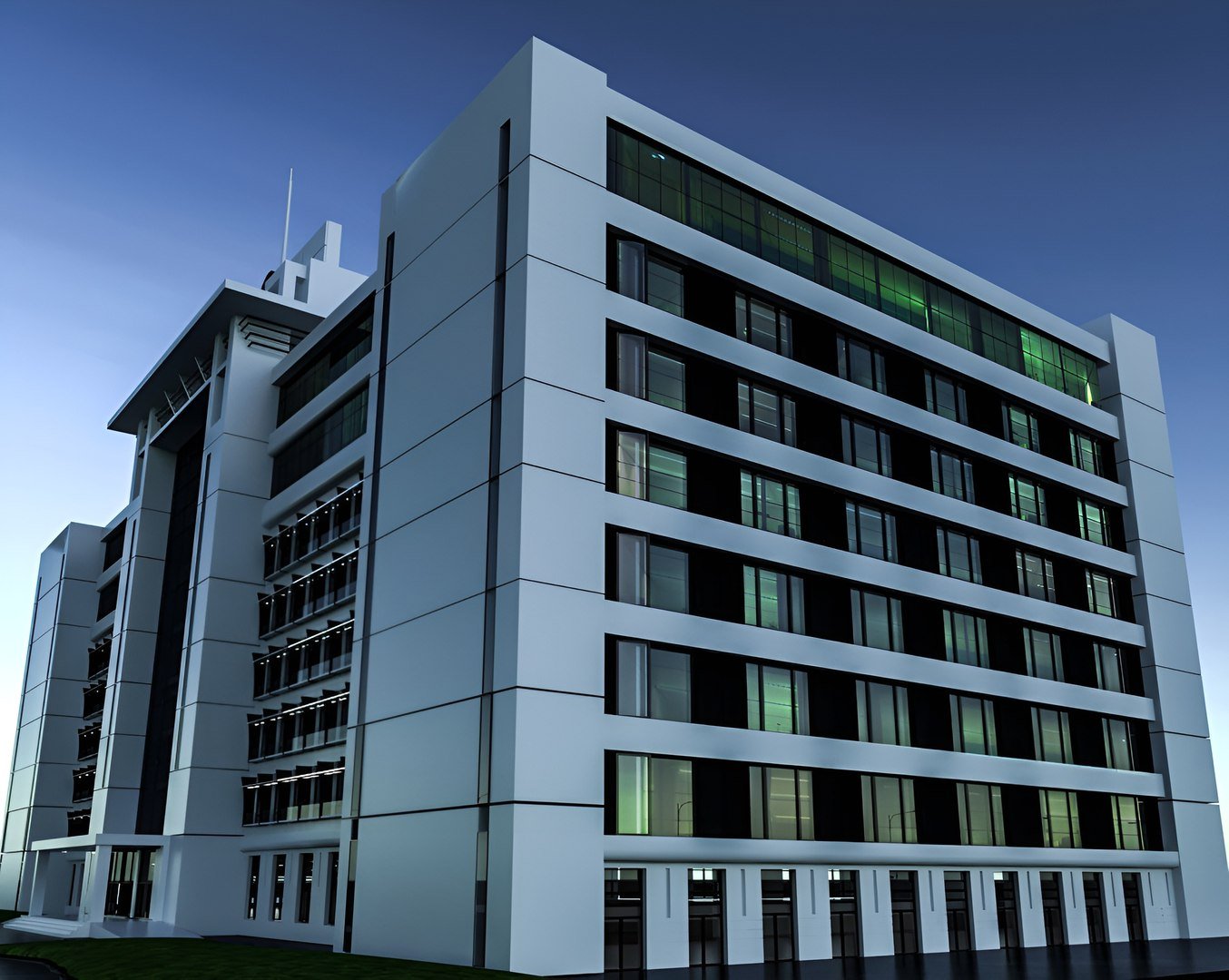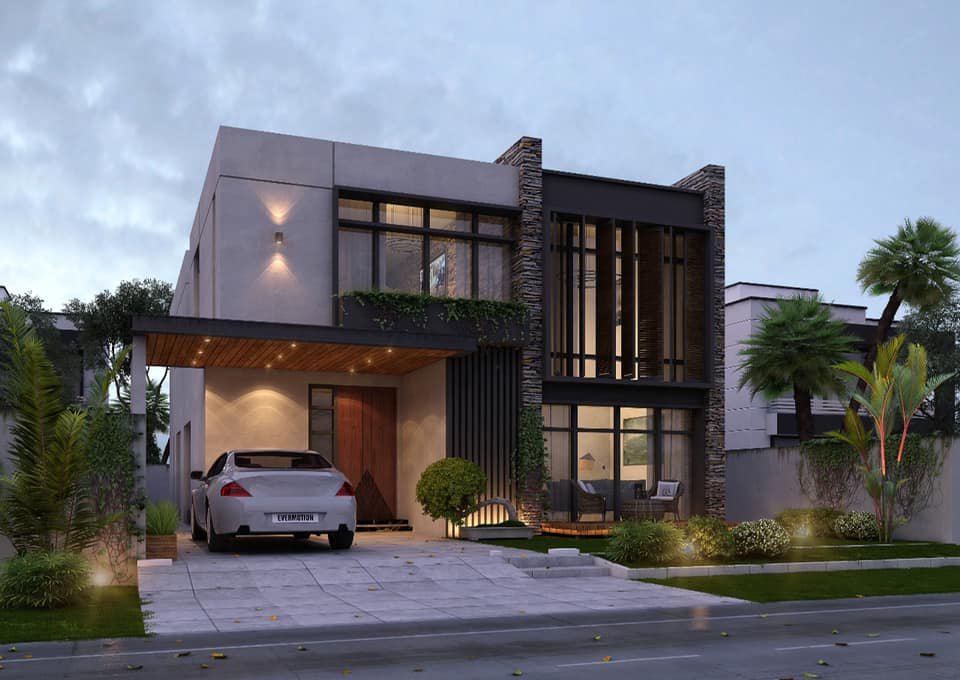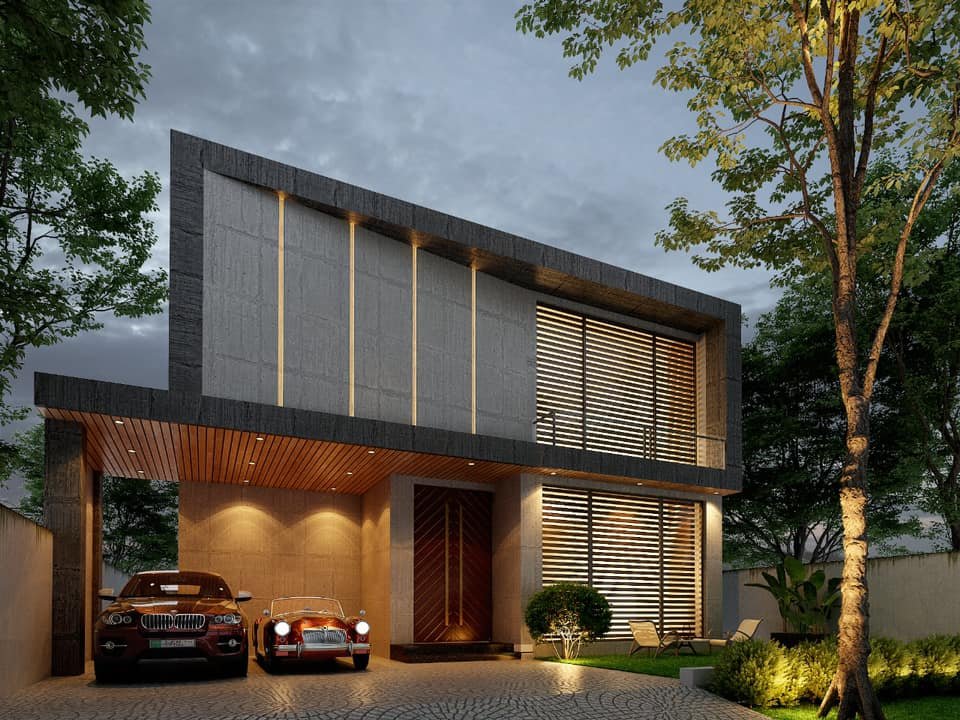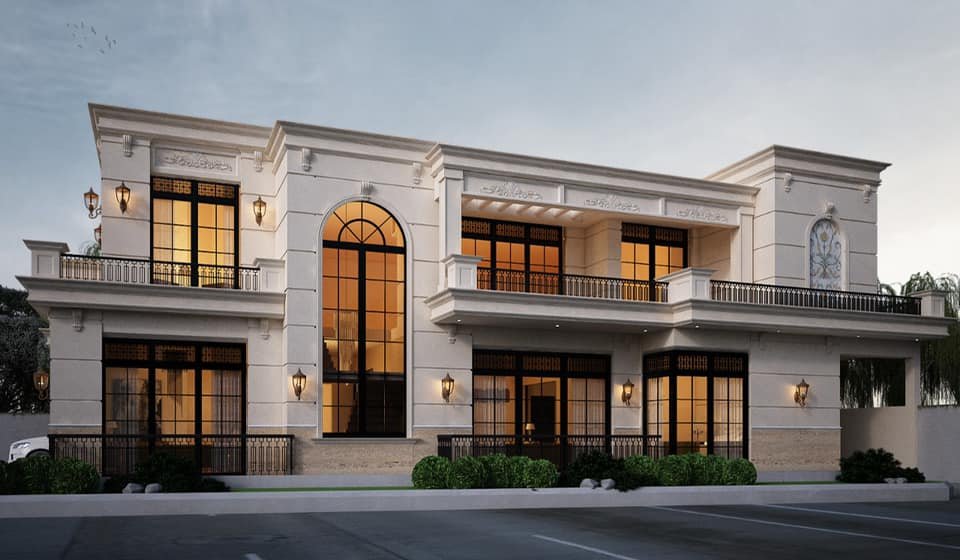
The Future of Hospital Design in Pakistan: Sustainable and Patient-Centric Approaches
The Future of Hospital Design in Pakistan: Sustainable and Patient-Centric Approaches
In recent years, the landscape of hospital design has evolved significantly, with a growing emphasis on sustainability and patient-centered care. As Pakistan moves forward, these trends are set to shape the future of its healthcare infrastructure. Here’s a look at how sustainable and patient-centric approaches are transforming hospital design in the country.
1. Embracing Sustainability
a. Energy Efficiency: Hospitals in Pakistan are increasingly adopting energy-efficient technologies to reduce their carbon footprint. Solar panels, energy-efficient lighting, and HVAC systems are becoming standard features in new hospital designs. These measures not only help in reducing operational costs but also align with global sustainability goals.
b. Green Building Materials: The use of eco-friendly building materials, such as recycled steel and low-VOC paints, is on the rise. These materials contribute to healthier indoor environments and reduce the overall environmental impact of construction.
c. Water Conservation: Innovative water management systems are being integrated into hospital designs. Rainwater harvesting, greywater recycling, and low-flow fixtures help in conserving water, a crucial resource in Pakistan’s arid regions.
d. Waste Management: Effective waste management systems are essential for sustainable hospital operations. Hospitals are adopting practices such as waste segregation, recycling programs, and proper disposal methods to minimize their environmental impact.
2. Prioritizing Patient-Centric Design
a. Healing Environments: Modern hospital designs focus on creating healing environments that promote patient well-being. This includes incorporating natural light, ventilation, and views of nature. Research shows that such environments can improve recovery times and overall patient satisfaction.
b. Flexible Spaces: The demand for flexible spaces that can be easily adapted to changing needs is growing. Modular rooms, convertible spaces, and adjustable layouts allow hospitals to respond more effectively to varying patient volumes and medical needs.
c. Accessibility and Inclusivity: Designing for accessibility is crucial in creating a welcoming environment for all patients. This includes features such as ramps, wide doorways, and accessible restrooms. Inclusivity also extends to cultural considerations, ensuring that the design respects and accommodates diverse patient backgrounds.
d. Technology Integration: The integration of advanced technology in hospital design enhances patient care and operational efficiency. Electronic health records (EHRs), telemedicine facilities, and smart building systems are becoming integral parts of modern hospitals. These technologies facilitate better patient management and streamline hospital operations.
e. Family-Friendly Spaces: Recognizing the role of family in the healing process, hospitals are incorporating family-friendly spaces. These include comfortable waiting areas, private consultation rooms, and facilities for family members to stay overnight if needed.
3. Case Studies and Future Directions
Several hospitals in Pakistan are already implementing these forward-thinking design principles. For example, the Shaukat Khanum Memorial Cancer Hospital in Lahore is known for its sustainable design and patient-focused approach. Its use of green technologies and emphasis on creating a serene healing environment sets a benchmark for future hospital projects in the country.
Looking ahead, the future of hospital design in Pakistan will likely continue to emphasize sustainability and patient-centered care. As the healthcare sector evolves, new innovations and technologies will further enhance the design and functionality of hospitals, ultimately leading to better patient outcomes and a more sustainable healthcare system.
In conclusion, the integration of sustainable and patient-centric approaches in hospital design represents a significant step forward for Pakistan’s healthcare infrastructure. By focusing on these principles, the country can ensure that its hospitals not only meet the needs of today’s patients but also contribute positively to the environment and society as a whole.




